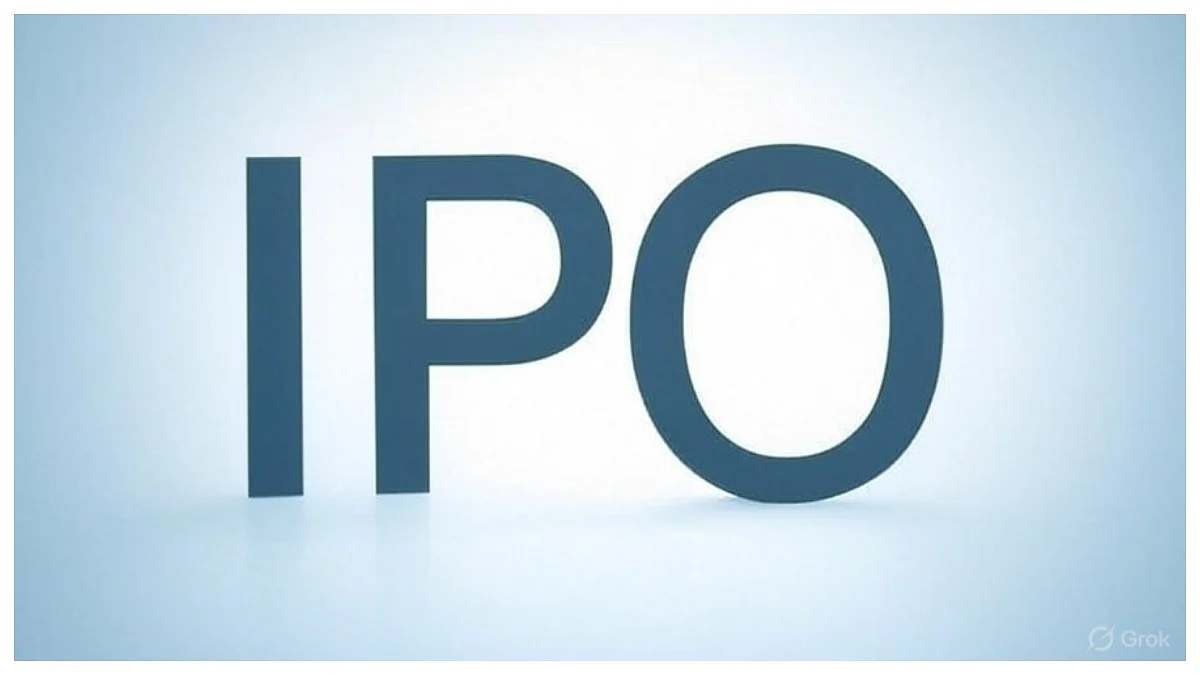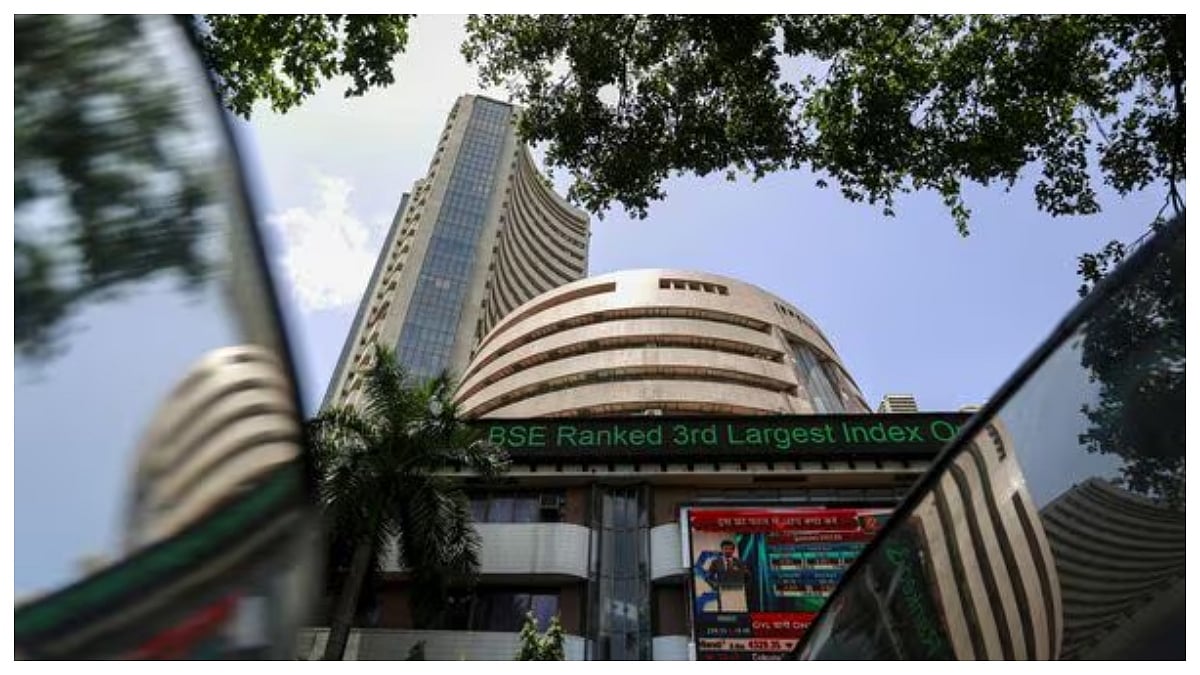The online food delivery market has witnessed a steady growth in user base and ordering frequencies. The customers were initially apprehensive about ordering food online. But, their confidence has returned after the repeated assurance about proper safety measures.
After the initial hiccups, several Covid-related tailwinds are now benefiting the industry. But, consumers still prefer staying indoors. It has prompted more fine-dining restaurants to get listed on delivery platforms. It has helped food aggregators to improve their reach and penetration. The number of occasions celebrated at home has also gone up. It has helped food aggregators to receive more high-value orders online.

The opportunity size:
The online food delivery market is set to gain significant size over the next few years. There has been a steady increase in user base and order frequencies since the ease in lockdown. The industry is expected to penetrate into Tier-II and III cities. It is expected to increase its user base from 1.5 crores currently to 8 crores in the next 4-5 years. As a result, the industry's gross merchandise value (GMV) could grow at 23% CAGR over the next five years- from US$3 bn in FY2020 to US$9 bn in FY2025.
The industry dynamics:
After the initial overcrowding of delivery players, the competition has fizzled out drastically in the industry. The market has become duopolistic with only two large players - Swiggy and Zomato - dominating the market. Sensing the opportunity during the pandemic, they have also ventured into the area of grocery delivery to monetize their existing user base.
Increasing numbers of higher value orders have also added economic stability to their business model. Revenue per order inched up while bringing the delivery cost down. The consolidation has further helped the larger players to improve their business dynamics. With few players, the need to attract customers with discount offers has reduced. It has brought the customer acquisition and retention cost down.
Closing comments:
With a market size of USD 90 bn in CY2019, China is the biggest food aggregator market globally. Indian food delivery industry remains at a nascent stage when compared to this. Considering the recent nature of the industry, profitability and other ratios are still evolving. We expect it to take a few more years before the business dynamics are fully understood.
Stock Investing, Simplified: https://tejimandi.com/










